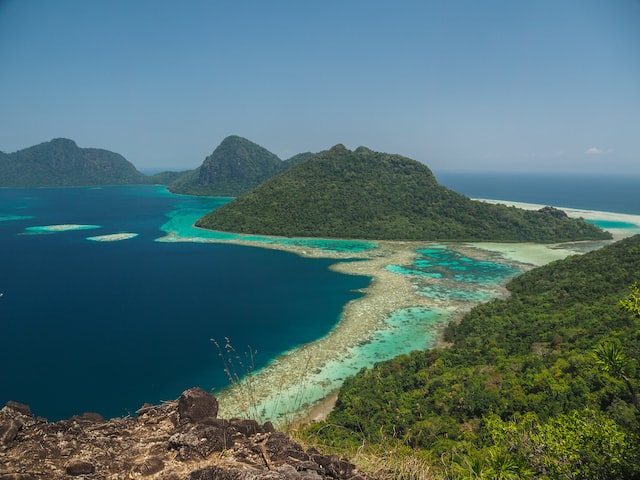Know Before You Go – The Borneo Rainforest
The Borneo Rainforest boasts 400,000sq km of unique biodiversity – one of the last great refuges of flora and fauna on the planet. The forest itself is under the custodianship of three countries – Malaysia, Indonesia, and Brunei. Within its boundaries can be found trees, mammals, reptiles, insects, and birds that can be found nowhere else on Earth – and the sheer number of living organisms is staggering.
This is an ecosystem that has been in existence for thousands of years – but is today under increasing threat due to population growth and global demand for the unique resources that cab found in the rainforest. The island is under dire threat of deforestation through the burning of crops, poaching, logging, and the uncontrolled expansion of human settlements. However, it is still today possible to explore the wonders of the Rainforest in a sustainable fashion.
Flora and Fauna
One of the best-known inhabitants of the Borneo Rainforest is the magnificent Orangutan. These enormous apes, with their striking ginger hair are genetically extremely close to human beings. They spend the majority of their time focused on nest building in the soaring trees and share their living space with the long-nosed Proboscis Monkey, as well as Macaques, Gibbons, Langurs and the tiny, elusive wide-eyed Tarsier which is active at night.
Those who visit the forest will also have the chance to spot the Bornean Sun Bear and the Bornean Elephant. There is even the chance (for the extremely fortunate) to catch sight of the Bornean Rhinoceros – which is the most threatened and endangered Rhino species in the world. Those who are interested in bats will look forward to the setting of the sun.
The Bornean rainforest is home to around 90 species of these fascinating flying mammals. There are also numerous species of tropical birds – and a glimpse of the unique Red Flying Squirrel is always a possibility. Salt Water Crocodiles and other species of reptiles, including hundreds of species of snakes and lizards are also found in abundance.
The abundance of Flora is almost beyond imagination. Soaring tropical trees are amongst the tallest in the world – and there are over 3,000 species of trees to be found in the Rainforest.
The Rainforest Discovery Centre
The immense size of the island of Borneo and the fact that the deeper, unspoiled parts of the Rainforest are almost unreachable makes it extremely difficult for those who have limited time in this tropical paradise to learn more about its ecosystems. However, perhaps the best way is to visit the Danum Valley, the 130 million year old ancient rainforest in Sabah.
The Discovery Centre is adjacent to the Sun Bear and Orangutan conservation centres, which are both essential venues for the visitor to enjoy. There are easily accessible walking trails in abundance and rope bridges spanning the spaces between magnificent trees make viewing the forest possible without disturbing the native flora and fauna. there is also a nearby lake which offers boating. information boards and trail markers are present in abundance – but it is the undisturbed forest itself that captures the attention.
The Rainforest Discovery Centre provides a learning experience – and a gateway to parts of the forest that remain protected and for the most part unblemished by human activity. Accommodation options include forest lodges and jungle retreats that allow for even further exploration on trails that meander through the Rainforest. Local guides are available to provide insight into the wonders of this magnificent destination.
What is the Best Time of Year for a Visit?
Borneo is hot and humid throughout the year, so you’re going to be hot and sticky whatever the season – you are after all in the tropics – and the equator bisects the island of Borneo so temperatures and humidity remain constant (as do daylight hours) the temperature will not often exceed 32ºC – or dip below 27ºC.
Your main challenge will be the rain. The best time of year to visit Borneo is during the dry season which runs from April to September. This is when your chances of spotting some of the incredible jungle species will be at their best. However, pack a raincoat even for dry-season visits. This is after all known as the Bornean Rainforest.
Preparing for Your Visit
The Rainforest is a wild destination. Even those who are traveling with an organised tour group, complete with local guides, and only venturing into the most accessible parts of the jungle need to be prepared for what is an unforgiving environment.
This is nature in the raw – so make sure to pack effective insect repellant, and ensure that you have breathable, lightweight hiking gear (including quality lightweight hiking boots and a trekking stick if you think it will be useful). Consult a medical advisor on which vaccines to get well in advance of traveling. And also ask them about antimalarials.
